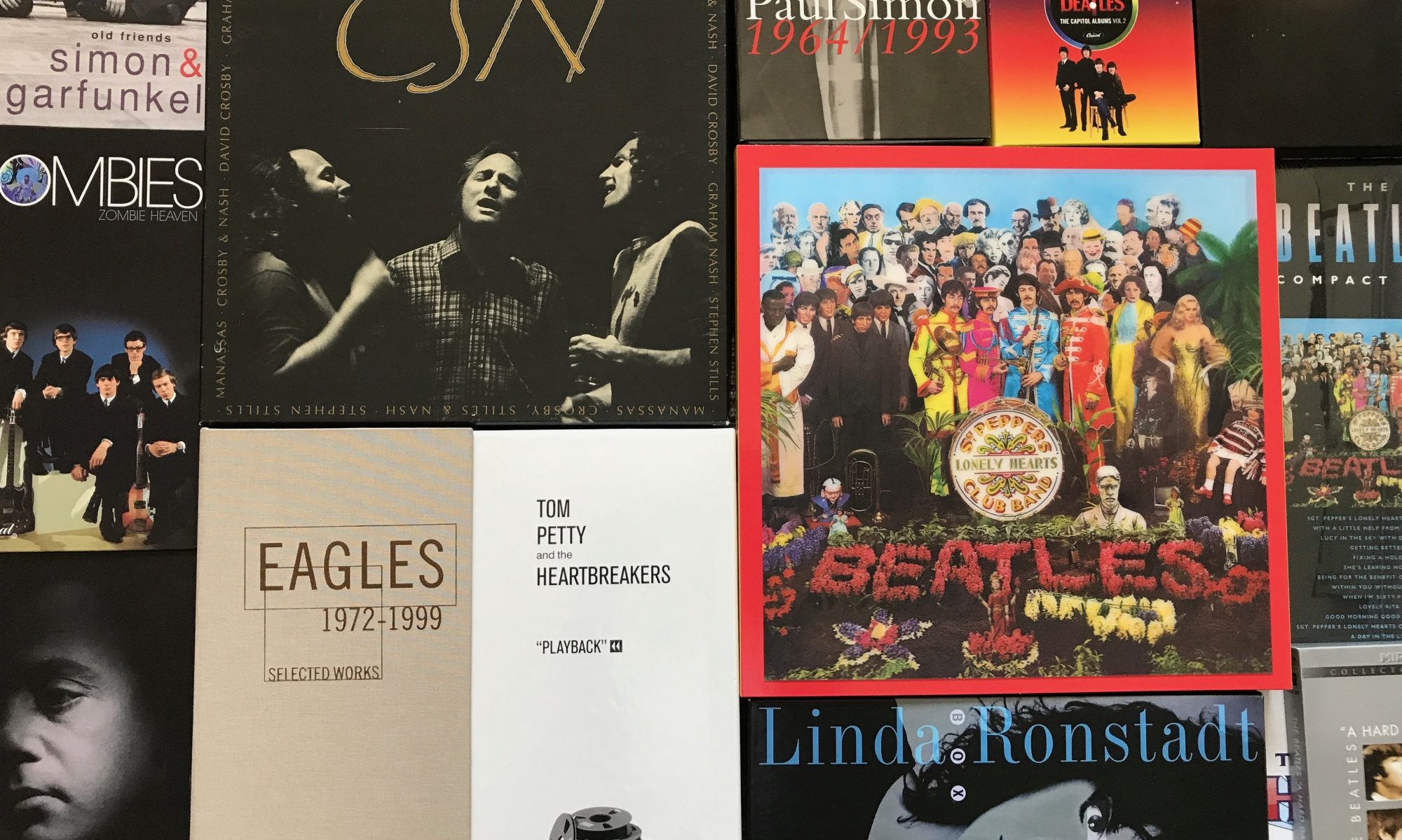How we consume music has changed significantly, with streaming now far and away the biggest way we pay for it.
The RIAA (Recording Industry Association of America) has released the figures for the first half of 2021. Streaming accounted for 84% of all music sales. There are more than 80-million subscriptions to streaming. Physical sales were only about 10% of revenues. About two-thirds of that is vinyl records, which saw a 94% increase (skewed some by the pandemic, which hurt last year’s in-store sales).
 The biggest album for physical sales was Taylor Swift’s Evermore, which sold over 100,000 vinyl copies in one week…more than any other album in the last 30-years. Even with significant growth in vinyl sales, listening to records is mostly a hobby, and not the major way we consume most of our music. Remember, artists used to sell millions of vinyl albums in the ‘70’s & ‘80’s. Records and CD’s do make nice keepsakes of our favorite artists.
The biggest album for physical sales was Taylor Swift’s Evermore, which sold over 100,000 vinyl copies in one week…more than any other album in the last 30-years. Even with significant growth in vinyl sales, listening to records is mostly a hobby, and not the major way we consume most of our music. Remember, artists used to sell millions of vinyl albums in the ‘70’s & ‘80’s. Records and CD’s do make nice keepsakes of our favorite artists.
While vinyl continues to grow, CD purchases are still going down. Box sets, like my George Harrison All Things Must Pass (shown above) are still money makers, but CD’s only accounted for one-third of physical sales. To be fair, CD’s also cost much less than vinyl, so the number of units sold could actually be similar. Update: (Feb., 2022) Sales of CD’s rose slightly in 2022, for the first time after many years of decline.
Digital purchases, such as on iTunes, have fallen drastically in the past few years, and now provide around 5% of sales.
That leaves music licensing (such as for films, commercials, and venues), which accounted for less than 2% of music sales.
The way we get our music shifted amazingly fast once services like Spotify, Apple Music, and Amazon Music gave us access to millions of songs for relatively low monthly fees. For the price of one box set, you can have a year’s worth of music on streaming.



